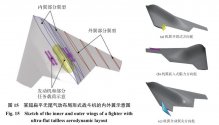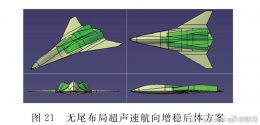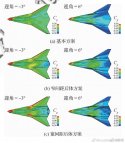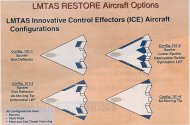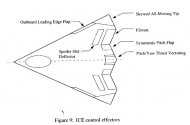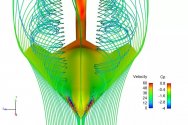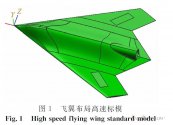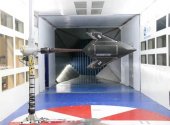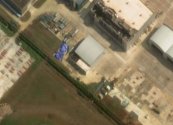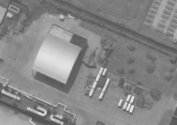I was listening to an interview with Justin Bronk about NGAD. He mentioned how NGAD is supposed to have range of 750+ nm and all aspect stealth. Which means that it will probably be really large and have flywing type of planform. That type of platform is historically really expensive and he estimated it to be $300 to $350 million each. Imo, that might even be an underestimate if the loyalwingman of B-21 is estimated to be $300 million each. To me, it seems like the manned fighter jet portion of NGAD will be procured at very small numbers (maybe just 300 to 400) and be backed up with a whole lot of loyal wingman (maybe 1 manned for every 4 or 5 unmanned)
So, if we bring that back to PLAAF's 6th gen design, that should also be getting picked very soon. I think most of us expect it to be CAC winning the 6th gen project. Aside from the obvious advancements in situation awareness, network of man/unmanned systems, all around stealth, it will be interesting to see what PLAAF requirements look like. J-20 already has probably the longest range of any 5th gen aircraft. I would assume the 6th gen aircraft will be even larger and more powerful. Aside from that, does PLAAF's design need to have something like 1500 km combat radius with just internal fuel/payload? Will they require all aspect stealth or will they sacrifice stealth at certain radar band or from rear/side to lower costs and be produced at larger numbers?
So, if we bring that back to PLAAF's 6th gen design, that should also be getting picked very soon. I think most of us expect it to be CAC winning the 6th gen project. Aside from the obvious advancements in situation awareness, network of man/unmanned systems, all around stealth, it will be interesting to see what PLAAF requirements look like. J-20 already has probably the longest range of any 5th gen aircraft. I would assume the 6th gen aircraft will be even larger and more powerful. Aside from that, does PLAAF's design need to have something like 1500 km combat radius with just internal fuel/payload? Will they require all aspect stealth or will they sacrifice stealth at certain radar band or from rear/side to lower costs and be produced at larger numbers?

